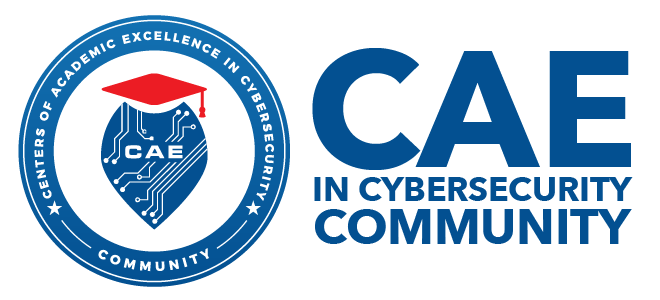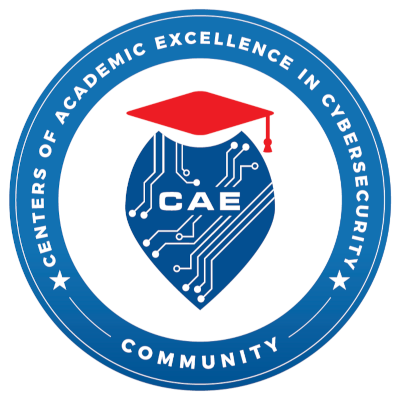InDeMASS: An AI-Enabled Knowledge Guided Framework for Realizing In-Depth Malware Analysis at Scale
Malicious programs are not new. Many approaches have been proposed from signature-based methods in most anti-virus products to machine learning approaches that try to classify samples based on extracted features. There are inherent challenges to carry out systematic in-depth malware analysis. Only recently have very large datasets become available. There are three families of techniques for malware analysis: static analysis, dynamic analysis, and symbolic execution.

